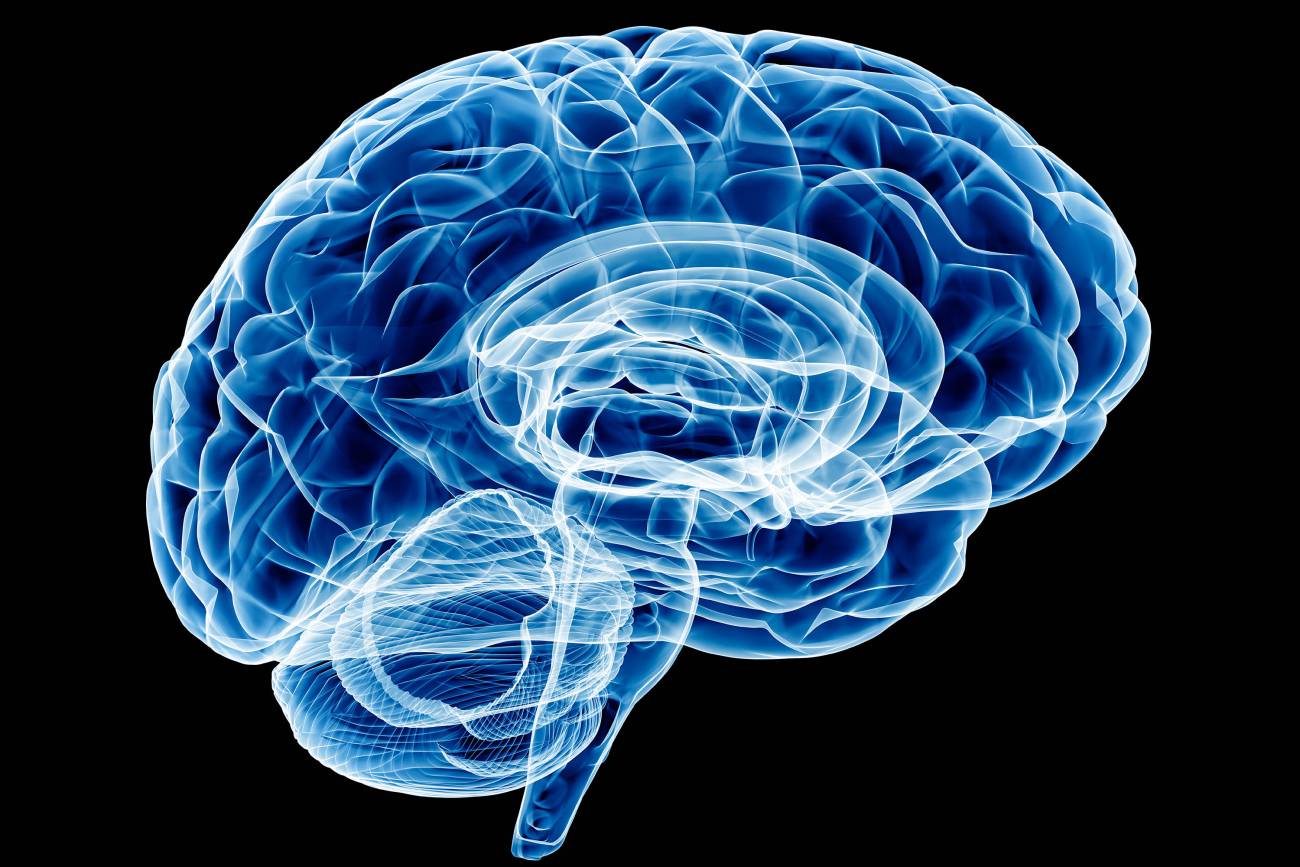How Bilingualism Rewires Your Brain

Language is one of the most complex and powerful tools humans possess. It not only shapes our thoughts but also allows us to communicate our ideas across various cultures. But what happens when the brain has to manage not just one but two languages? Bilingualism is the ability to speak and understand two languages fluently; allowing our brain to functionally alter itself. Let’s explore this article to find out how bilingualism improves mental flexibility, and even protects against neurological diseases!
THE SCIENCE BEHIND A BILINGUAL BRAIN
The human brain is remarkably neuroplastic. This means it has the ability to change and adapt in response to the stimulation of learning and experience. When a person learns and actively uses two languages, their brain undergoes structural and functional modifications.
STRUCTURAL CHANGES IN THE BRAIN
Recent discoveries have revealed that bilingual individuals have denser grey matter in regions of the brain that are responsible for language processing. Additionally, the prefrontal cortex is well-developed in bilinguals, which is responsible for decision-making and problem-solving. On top of that, the hippocampus, a brain region involved in memory formation, tends to be larger in bilinguals due to the constant mental juggling between languages.
But that’s not all. One theory also suggests that bilingualism enhances blood circulation and oxygenation in the brain, which helps maintain the health of nerve connections.
FUNCTIONAL CHANGES IN THE BRAIN
Let’s look beyond structural differences now. Since bilinguals must frequently switch between languages, their brain develops enhanced executive control (a set of mental skills that helps manage attention and also regulates your impulses). Furthermore, the bilingual brain constantly exercises inhibitory control, which is the ability to suppress unwanted information. This means bilinguals tend to be better at multitasking and filtering out distractions than monolinguals.
In fact, when a bilingual person speaks one language, the other remains active in the background. This process, called language co-activation, requires continuous mental monitoring and selection of the correct language.
COGNITIVE EFFECTS OF BILINGUALISM
STRONGER CRITICAL THINKING SKILLS
Thinking outside the box comes naturally to bilinguals. Bilinguals excel at divergent thinking, which allows them to generate multiple solutions to a problem. This can lead to higher creativity and stronger decision-making skills.
For example, in a classic Stroop task, people are shown a word and asked to name the color of the word’s font instead of reading the word itself. If the word “yellow” is printed in green, the correct response would be “green.” It is harder than it looks. The brain naturally wants to read the word instead of recognizing the color. Studies have shown that bilinguals perform better on Stroop tasks than monolinguals. Why? Because their brains are used to managing conflicting information and suppressing automatic responses.
THE ABILITY TO RECALL INFORMATION
Research shows that bilinguals are better at blocking out irrelevant information, even as early as seven months of age. This means that from infancy, bilingual individuals are training their brains to focus on what truly matters, a skill that proves useful throughout life.
Ellen Bialystok, a Canadian psychologist, highlights in her book Bilingualism in Development: Language, Literacy, and Cognition that bilingual individuals show improved memory and focus. This is because their brains develop a habit of managing multiple language systems, which sharpens their ability to retain and recall information.
BETTER MULTITASKING SKILLS
Bilinguals regularly engage in code-switching, the ability to switch from one language to another within the same conversation. Along with exercising working memory, it also makes bilinguals more adept at handling multiple tasks simultaneously.
DELAYING COGNITIVE DECLINE AND DEMENTIA
Could speaking two languages help protect the brain from aging?
One of the most fascinating findings in bilingualism research is its potential role in delaying the onset of dementia and Alzheimer’s disease. A study published in Neurology found that bilingual individuals, on average, developed symptoms of dementia four to five years later than monolinguals. This protective effect is believed to be due to the constant mental exercise involved in managing two languages, which strengthens neural connections and builds what researchers call a cognitive reserve.
IS BILINGUALISM FOR EVERYONE?
Research shows that bilingual children develop language skills at the same rate as monolingual children. However, some people believe that learning two languages at a young age might confuse children or slow down their language development. What they don’t realize is that this confusion reflects their brain’s ability to manage multiple linguistic systems at once. Over time, these children will develop stronger cognitive abilities compared to their monolingual peers.
How does bilingualism influence everyday life? In a world that is more connected than ever, knowing a second language is a superpower. Consider a bilingual professional who works in an international company. Their ability to switch between languages allows them to understand different cultural perspectives and process information from multiple sources without confusion.
CONCLUSION
With all these advantages, one might ask: Should more people actively learn a second language? While learning a new language requires effort, the long-term cognitive benefits make it a worthwhile investment. Bilingualism is much more than a tool for communication — it is a workout for the brain! Perhaps most impressively, it acts as a shield against cognitive decline as it keeps the mind sharper for longer. Whether learned in childhood or later in life, bilingualism is a mental asset.
Similar Post You May Like
-

CFCs, HFCs and their long, troubled history
At its peak, the ozone hole covered an area 7 times larger than the size of Europe, around 29.9 million km2, and was rapidly expanding
-

The Origin of Universe: Deciding point where it all began!
Let us unravel and surf through the ideas throughout ages to understand what the universe and its origin itself was to its inhabitants across history.
-

The Artemis Program
Inspired by the Greek goddess of the Moon, twin sister to Apollo, the artimis program was named on 14 May 2019 by Jim Bridenstine.






